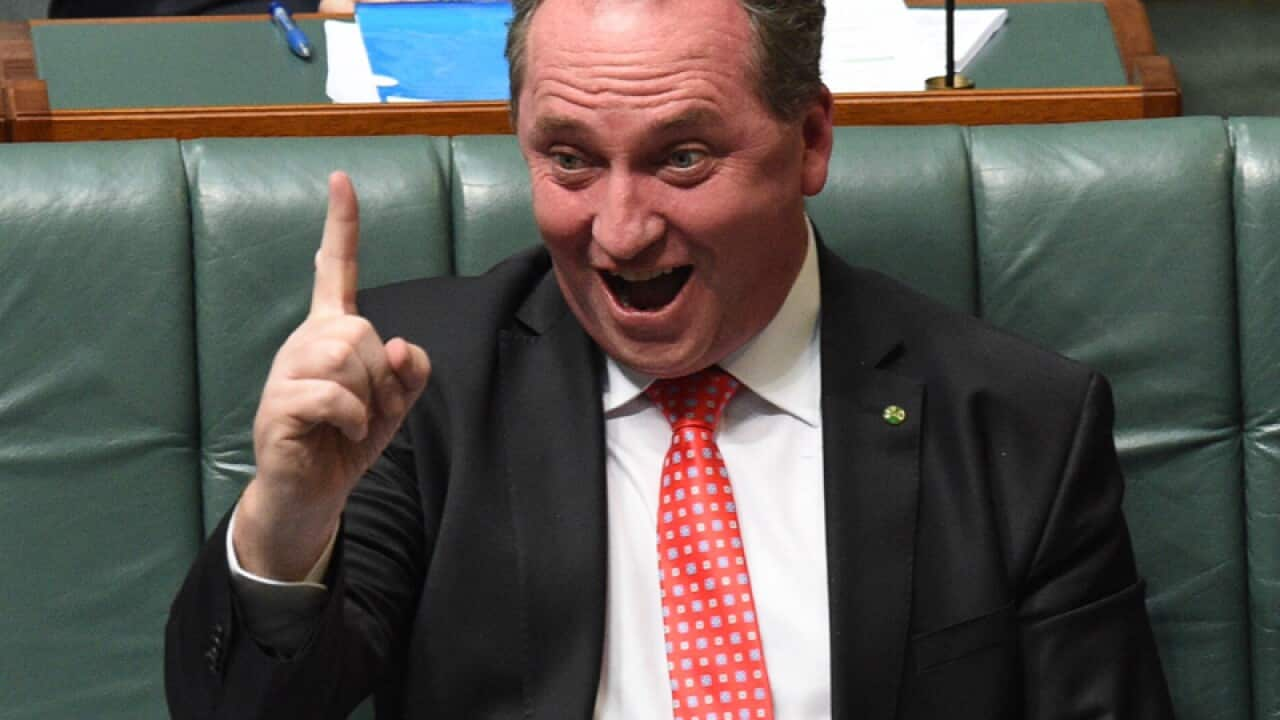Barnaby Joyce suggests moving to Tamworth or Charleville for more affordable housing.
New figures suggest you may be able to start adding Perth and Hobart, the only capital cities to show an improvement in housing affordability in the December quarter.
The Housing Industry Association's latest affordability report shows a worsening situation - by 7.3 per cent during the December quarter - with the biggest deterioration in Melbourne (-11.6 per cent), Canberra (-10.7 per cent) and Sydney (-7.3 per cent).
"Nationally, housing affordability has managed to move in the wrong direction in many major cities despite the fact that interest rates are at a very low levels,' HIA senior economist Shane Garrett said on Tuesday.
He blames the sluggish pace in wages growth as one factor impeding better affordability.
However, while housing affordability has become a front of mind issue, other data show this isn't having an impact on confidence.
The latest weekly ANZ-Roy Morgan consumer confidence index rose 0.9 per cent, buoyed by an improvement in sentiment surrounding financial and economic conditions.
"The resilience of consumer confidence amidst global political uncertainty is encouraging," ANZ senior economist Felicity Emmett said.
There has been a marked turnaround since the sharp drop in the wake of a shock deterioration in economic growth during the September quarter last year.
The more positive mood coincides with other figures showing a jump in credit applications.
Credit information provider Veda's consumer credit index rose 7.7 per cent in the December quarter compared to a year earlier, up from 2.5 per cent as of September and the strongest result since late 2015.
Credit card applications rose three per cent, while personal loan applications were up 12.4 per cent.
There was also a marked improvement in business conditions against a backdrop of stable confidence at its long run average.
National Australia Bank's chief economist Alan Oster said the results of his bank's business survey for December were encouraging.
"But we are not getting too carried away with the result," Mr Oster said.
While he expects some "bounce-back" to growth after the weather-affected GDP contraction in the September quarter, he anticipates a more subdued growth track thereafter as the positive effects from housing contraction, commodity exports and higher commodity prices wanes.
He expects two more 25 basis point cuts to the Reserve Bank's cash rate this year in response to on-going low inflation and a more subdued growth outlook.
That would take an already record-low cash rate to just one per cent.









